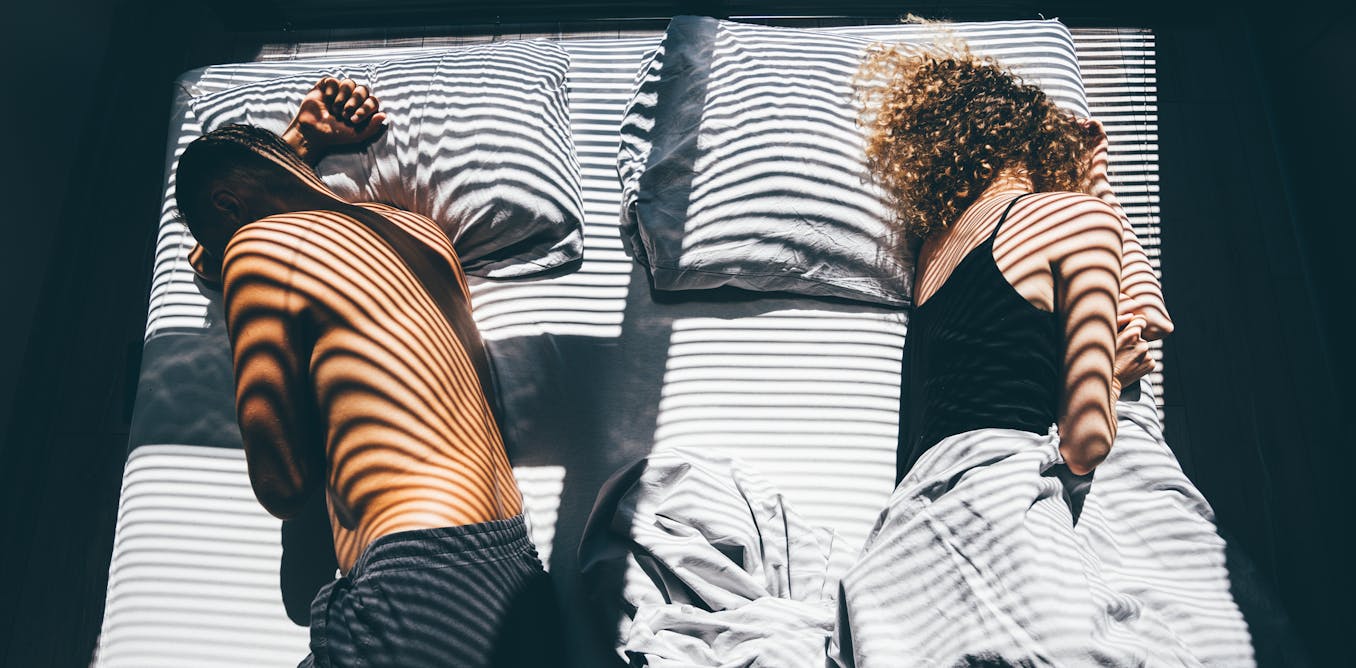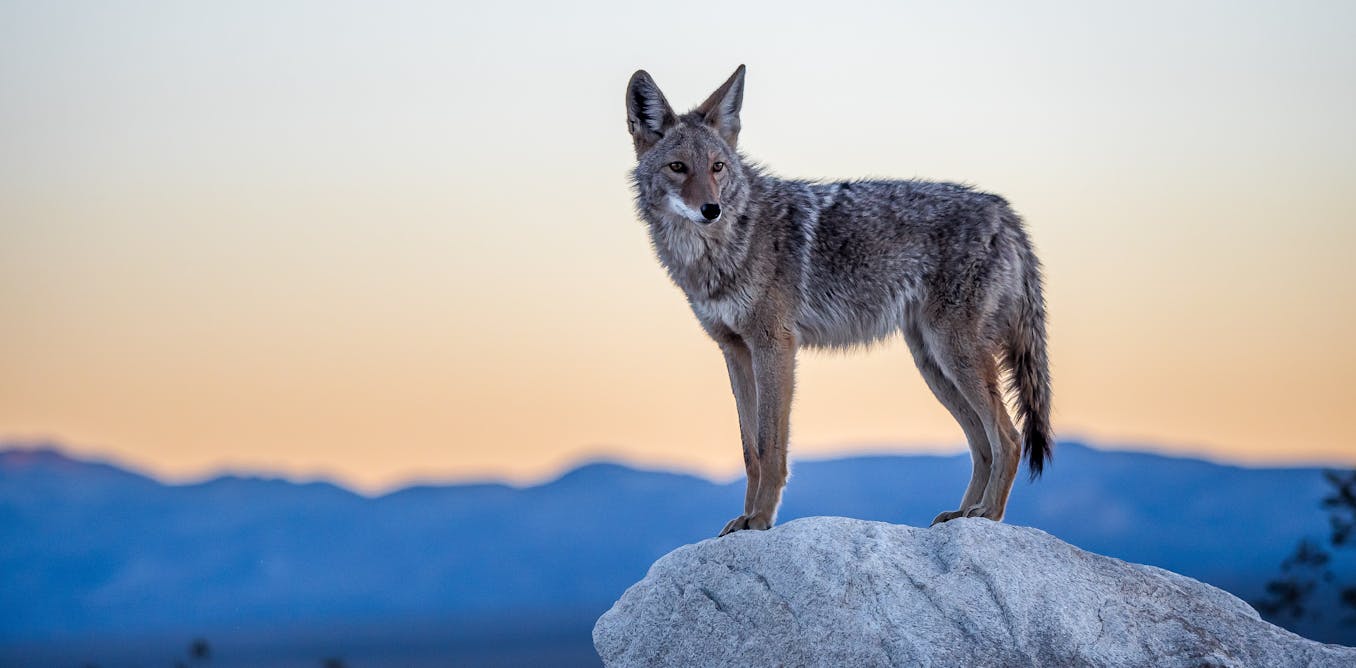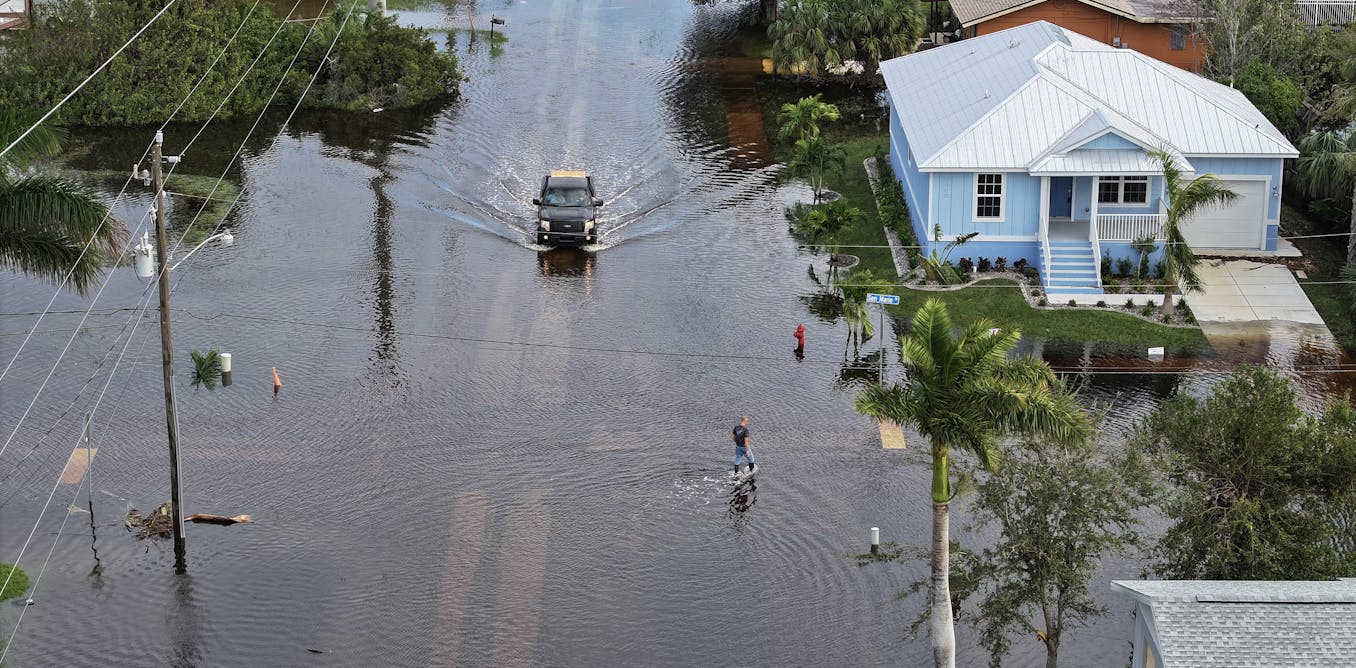Artist Carlos Agredano grew up on a dead-end street in the shadow of the 105 Freeway in Lynwood, a city that borders South Los Angeles. In the early days of lockdown, he would trace a path that ran parallel to the interstate highway, an 18-mile stretch of the LA basin’s vast infrastructural network, trying to understand the concrete monolith that had cut his neighborhood in half. That spring 2020 semester, he was finishing his undergraduate degree at Harvard University in his childhood bedroom, where each day he would methodically sweep the fine layer of black soot, pollution from car exhaust blown in from an open window, that had gathered on every surface.
The tyranny of the LA freeway system has since become the primary concern of Agredano’s practice. At the Los Angeles Nomadic Art Division (LAND), he recently exhibited FUME (2025), a traveling sculpture in which three different air quality sensors mounted to an aluminum circular platform are hitched to his black 1992 Toyota Pickup. One sensor monitors the output from the truck’s exhaust pipe. Another, monitoring ambient air quality, is enclosed by futuristic arches inspired by the Googie architecture of the LAX’s Theme Building: a vacant monument to Space Age hubris now stranded in the center of the loop of the airport’s eight terminals.
As an object, both scientific and artistic, FUME collects the evidence of the gradual violence of toxic drift that seemingly takes place invisibly, primarily impacting working-class communities of color. “I want the sculpture to collect data in the way that my body or my family or my neighbors’ bodies collect data by how they are breathing in the debris,” he told ARTnews. “Although we don’t exactly know [the extent] of it or what it’s doing to us, the idea for this sculpture is to at least quantify it.” He joked that his medium is smog, and his artist assistant is the city of Los Angeles itself.
Carlos Agredano, FUME, 2025.
Photo Adali Schell/Courtesy the artist
Over 50 years ago, postwar artists like Yves Klein, Otto Piene, or Fujiko Nakaya used air in different ways, though they were often animated by a utopian idea of air as a borderless, metaphysical material of shared experience. Agredano instead reveals how air quality is unevenly distributed via its sociopolitical context. By extensively researching social histories, like Eric Avila’s Folklore of the Freeway: Race and Revolt in the Modernist City (2014), scientific studies from UCLA’s Center for Occupational & Environmental Health, and environmental impact reports by the California Department of Transportation (Caltrans), among other sources, Agredano connects the evidence of pollution to the longer histories of destructive urban planning in Los Angeles (the vanity plate on his truck spells out JSTOR, the digital academic library.)
One example of this ruinous urban planning is, in fact, the 105, an auxiliary interstate freeway constructed in the early ’90s to improve access to LAX. Part of a 1960s masterplan by Caltrans, its construction was halted in 1972 after a community-led federal lawsuit—but only after homes had already been razed. “It’s really important to me to research the development of the freeway system, and know exactly why the freeways were built, which in Los Angeles was the same story of Black and Brown communities being seized through eminent domain and through the historical redlining of those communities,” Agredano said, adding that, under the guise of progress, these projects all follow the same pattern: “eminent domain, destruction of homes, removal of a community, and then the construction of a freeway.”

Carlos Agredano, FUME (detail), 2025.
Photo Adali Schell/Courtesy the artist
In an earlier piece, Collector (2019), Agredano placed an unprimed canvas in the backyard of his childhood home. Over the course of a year, it soon became dirtied. To those unfamiliar with the work’s history, at first glance, the canvas’s ashy blots resemble charcoal or smeared graphite. The caption corrects that impression, listing as its materials smog, carbon monoxide, sulfur dioxide, nitrogen dioxide, ground-level ozone, particulate matter, soot, dirt, dust, guano, and automobile tire microplastics, among others. Agredano thinks of the work as a self-portrait, one that indexes not only his body and what it experiences but the larger systems of which it is a part. Agredano’s work uses “gestures that are very minimal, but illustrative of these huge outside forces,” said Bryan Barcena, a curator at large at LAND, who organized the presentation of FUME, with Irina Gusin.
In its title, Collector also references the acquisition of art objects and how they circulate within the art world; a museum has previously did not allow the work to enter its galleries because of its use of pollutants, according to Agredano. “I like that the work can create that sort of resistance in people,” he said, “because why is it okay for millions of people to live next to this material, but it can’t enter the museum space?”

Carlos Agredano, Collector, 2019–ongoing.
Photo Paul Salveson for Ghebaly Gallery/Courtesy the artist
As a canvas polluted in the predominantly Latino Lynwood, Collector also points out how conceptions of “dirty” and “clean” can be racially coded. Agredano is reminded of the Bracero Program, in which Mexican laborers came to the US during World War II to fill labor shortages. “This idea of the ‘dirty Mexican’ is a historical thing,” Agredano said, “When the braceros came to the US, they were literally sprayed with DDT, and were, in a sense, fumigated.”
As FUME collected air samples, Agredano invited local artists—Hunter Baoengstrum, Daid Roy, Angela Nguyen, Chris Suarez, Vincent E. Hernandez, Felix Quintana, Lizette Hernandez, Eduardo Camacho, Maria Maea, and Cielo Saucedo—to create works on or around the freeways significant to them. Agredano calls the collaborative project a form of “sous-veillance,” or “a view from below,” a form of data collection that captures what was “created against our will and creates a document of it.” Nguyen has created a tufted rug depicting the history of the 91, which runs from Gardena, through Orange County, to Riverside. Roy staged a noise concert in the bed of Agredano’s Pickup, Baoengstrum planted a filing cabinet on the 101, and Quintana installed a temporary tetherball court by the 105.

Angela Nguyen’s tufted-rug intervention to Carlos Agredano’s FUME (2025).
Photo Adali Schell/Courtesy the artists
Against and within the freeways’ crude geometries, strangling the city and sloughing infinite toxic particles, these artists shape LA’s freeways into sites of resistance and invention, reappropriating privatized, policed, or abandoned spaces for the commons. Like generations of LA artists before them, from Studio Z to ASCO, Agredano and his collaborators are creating a new map of the city.

The post “Carlos Agredano Is Documenting the Harmful Effects of LA’s Pollution” by Maximilíano Durón was published on 06/26/2025 by www.artnews.com





































Leave a Reply